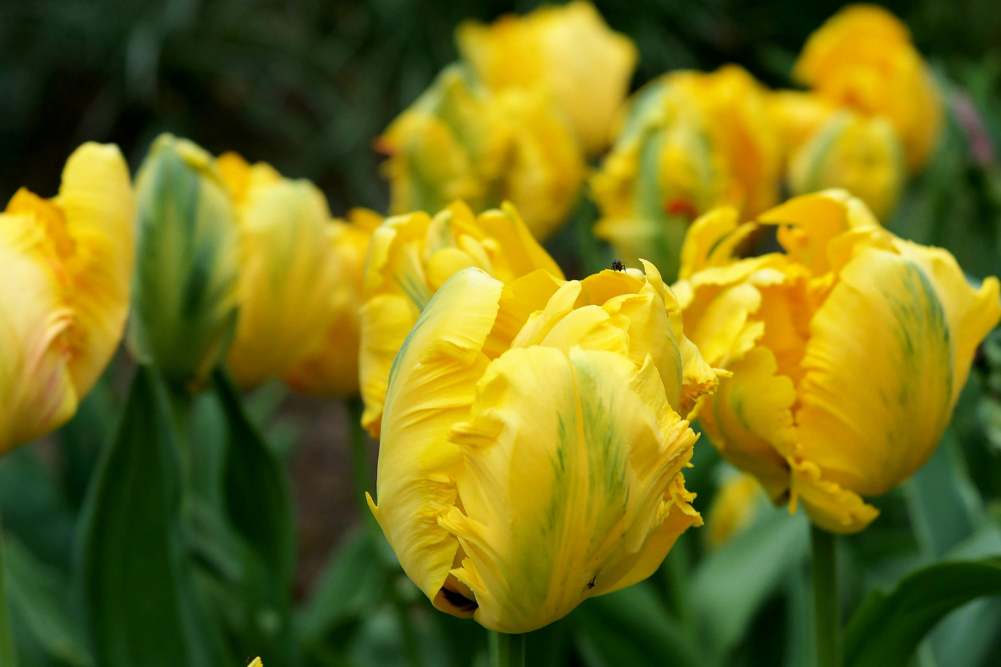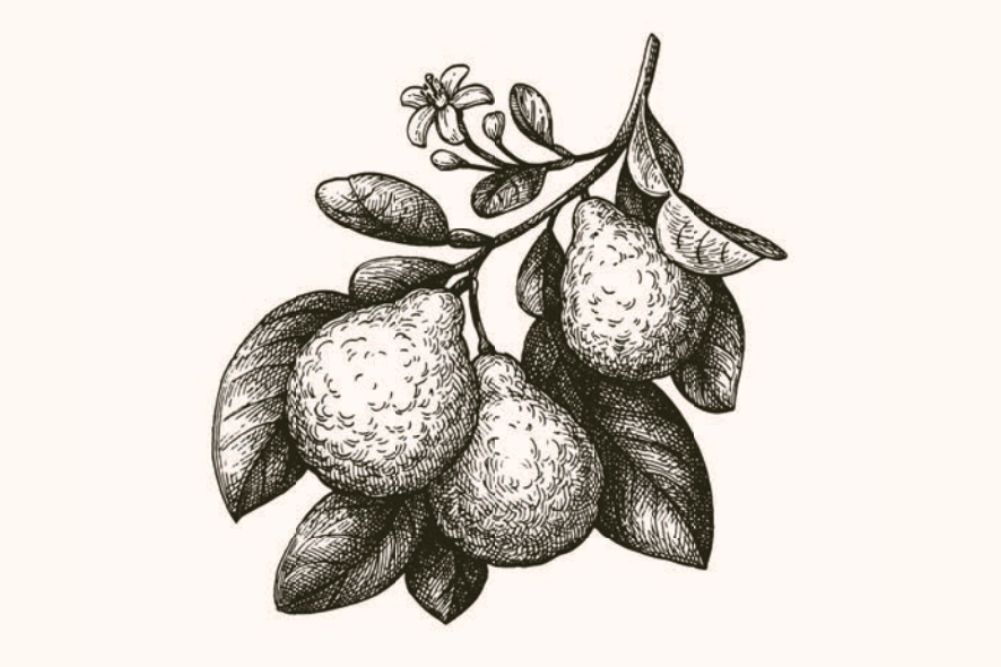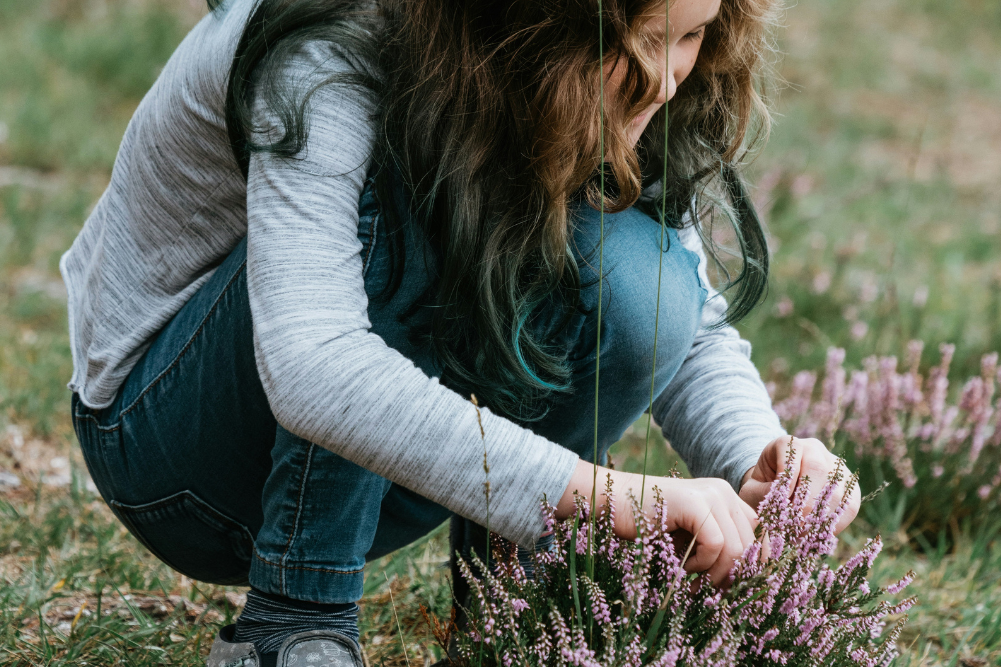Backyard fruit trees: Growing the old-fashioned way
Old-fashioned fruits may not be obvious choices for backyard fruit trees, but they are almost invariably hardy, productive, money-saving and delicious — as long as you know a dozen ways to use them.
“But what can you do with mulberries?” she asked, looking at our laden tree. One answer is, “Let the kids feast on them,” which is exactly what they were doing. With purple fingers and purple mouths, they picked and ate berry after berry. But even with their eager guzzling there was more fruit than the kids and the birds could eat.
These days, few people have experience of the “backyard” fruits; the old reliable trees that used to be planted “out down the back”. In my childhood, chefs based their meals on what was available. If the chooks were laying well, it was pavlova and banana custard. In mulberry season we ate the berries fresh, frozen or with the stems snipped off and made into pies. We’d add them to pikelet batter or whizzed the frozen berries into a “mulberry crush”.
Semi-dwarf black mulberries are the toughest, most productive and longest fruiting.
Mulberries survive almost everything you can throw at them except for waterlogged soil, although they may not fruit without good feeding and watering. I find the semi-dwarf black mulberries are the toughest, most productive and longest fruiting. Grow them in a pot for a decade or so, then give them a chance to grow bigger in the ground.
Loquats are another hardy backyard fruit. They are good straight from the tree and make one of the best jams I know and an excellent chutney, and can be mistaken for peaches when stewed. I love them as possum bait. Possums adore the flowers, fruit and young leaves and also love to nest in them. Grow loquats and the possums may leave your roses alone — although no guarantees!
Figs star in recipe books but only in small numbers. Backyard fig trees don’t do “small” though. They have also been human companions for an incredibly long time, so there are endless traditional ways to use them — sliced thinly or in chunks for a Greek salad; threaded onto a long string with a needle, dipped in boiling salted water for 10 seconds, then hung up to dry; chopped finely to top muesli; lightly stewed to top porridge; chopped baked figs added to ice-cream before freezing; and, of course, fig jam.
Figs need sunlight and perhaps the weeds from various garden beds thrown under the tree for mulch and slow feeding. They will even grow neglected along road verges.
Redcurrants are another fruit that used to be grown en masse — and not just for redcurrant jelly, but to add to other fruits like apple or mulberry to “jelly” them. Why? Redcurrants are so rich in pectin that they don’t need sugar added to turn them into a not-sweet jam. They are one of the easiest fruits to grow. Simply prune off about 60cm, plunge 30cm in the soil, and wait a year and you will probably have a redcurrant bush. Feed, water and wait a few years and you’ll have loads of fruit. Redcurrants pair well with muesli or porridge or added to pancake batter, and are exceptionally useful to anyone who needs more fruit in their diet but wants to cut down on sugar.
Then there is cape gooseberry, also known as the golden berry or Inca berry. The cape gooseberry grows to a metre-high bush and prefers semi-shade, making it excellent for the damp spot along the side of the house or in the dappled shade of a crowded garden. The fruit is held in small green lanterns; when the lanterns turn brown and semi-transparent it’s time to pick them and eat the yellow berry inside (don’t bother with a green berry). I’ve never cooked with them as the kids have guzzled every berry we can find, drawn not by their taste (they don’t have much) but by the magic of picking their lanterns and finding the golden fruit inside. I’ve seen recipes for tarts, jams and dried cape gooseberries, but they are best for “forage food” for kids to show them the generosity of gardens and the planet.
Citronelles or bush lemons or rough lemons often grow from the rootstock when other citrus die back. They are an ugly squat wrinkled fruit, not quite yellow, with more seeds inside that any fruit has a right to contain. But the juice is excellent for any way you’d use lemon or lime. Their true advantage comes in their indestructability. Ignore them or drive a truck over them and they will come back. Last year in the drought, our bush lemon had no leaves at all — every one had dropped off or been eaten by possums or wallabies, but the branches were still hung with fruit, indomitably surviving and providing seeds for more to grow. If you can find a fruit, plant the seeds, wait and in four years or so you will have masses of ugly but deeply loyal citrus. You’ll never be short of the ingredients for a lemon tart or marmalade again!
To counter the plain but useful bush lemon you could grow a flowering quince for early spring beauty. You’ll enjoy week after week of the most lavish flowers, followed by small hard fruit. They need long slow simmering to soften (don’t add sugar till they are cooked), and by then they will be deep red and can be eaten stewed, frozen stewed or used for quince tart or to brighten up winter porridge as well as the spring garden.








